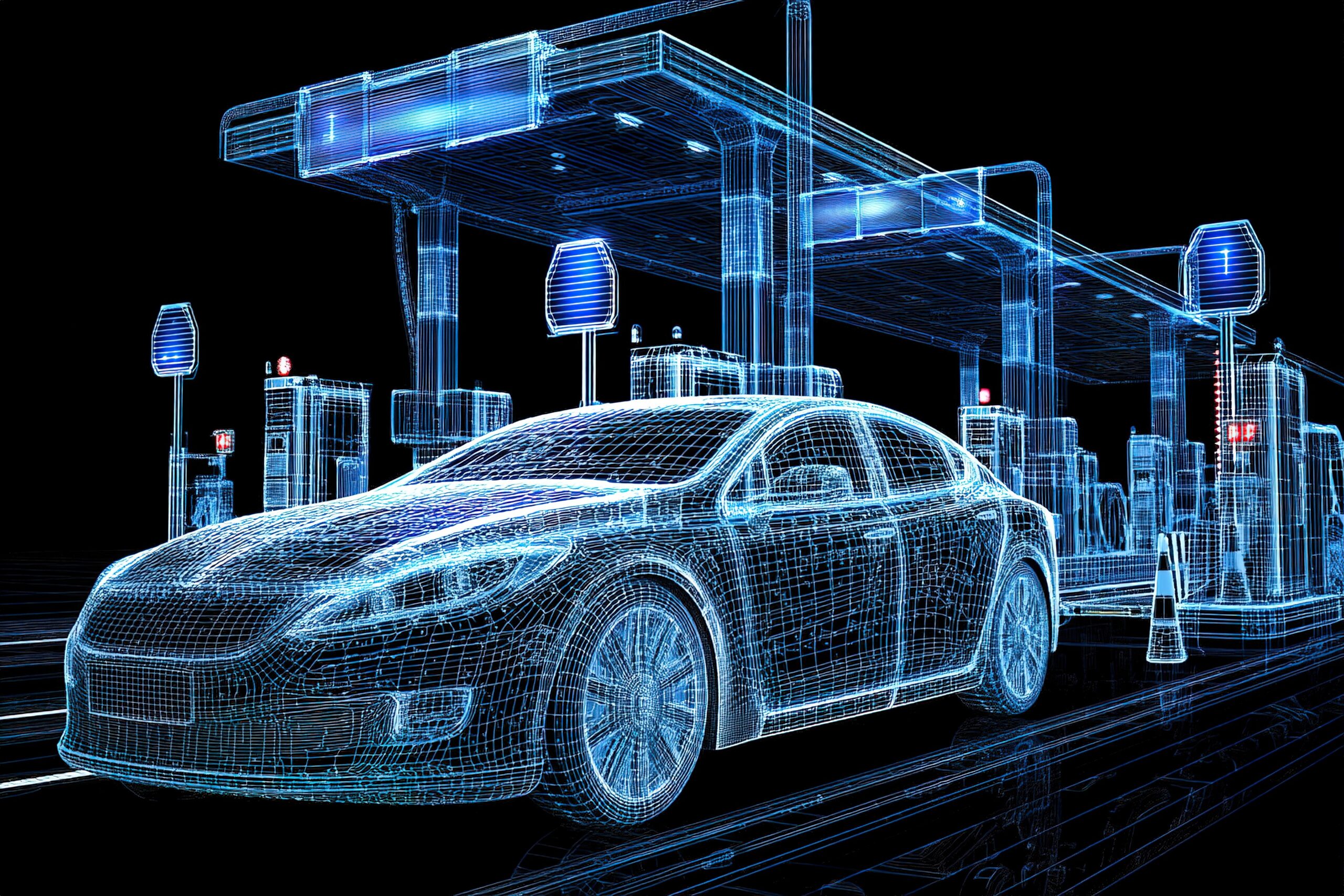In the transportation and fuel industry, speed and convenience are top priorities—especially at the pump. The evolution of payment technology, from EMV chip readers to contactless tap-and-go systems and mobile app integrations, has transformed how customers pay for fuel. However, with innovation comes new security challenges that demand proactive solutions.
The Convenience Factor
Modern payment systems streamline the fueling process. Contactless payments via smartphones and smartwatches reduce transaction time, while mobile apps allow customers to pay from the driver’s seat, earn rewards, and receive digital receipts instantly. For fleets, centralized payment platforms make tracking fuel expenses easier and faster, eliminating paperwork and manual reporting.
Security Risks at the Pump
Unfortunately, convenience also creates opportunities for fraud. Card skimming devices, malware targeting point-of-sale (POS) systems, and phishing schemes through fake mobile apps remain persistent threats. According to the Federal Trade Commission, fuel pump skimming incidents have increased in recent years, often going undetected for weeks and costing both businesses and consumers.
Strengthening Payment Security
To stay ahead of cybercriminals, fuel retailers and fleet operators should implement:
-
EMV-Compliant Terminals: Reduce card fraud by requiring chip authentication.
-
End-to-End Encryption (E2EE): Protects sensitive payment data from the moment of entry to processing.
-
Regular Pump Inspections: Detect and remove skimming devices before they cause damage.
-
Two-Factor Authentication (2FA): Adds a verification layer for mobile app or fleet payment accounts.
-
Employee Training: Ensures staff can identify suspicious devices or transactions.
The Bottom Line
As payment technology advances, balancing speed and security is essential. Businesses that invest in secure payment infrastructure not only protect their customers but also strengthen trust and loyalty. By combining convenience with robust safeguards, the industry can deliver a smooth fueling experience—without compromising safety.

